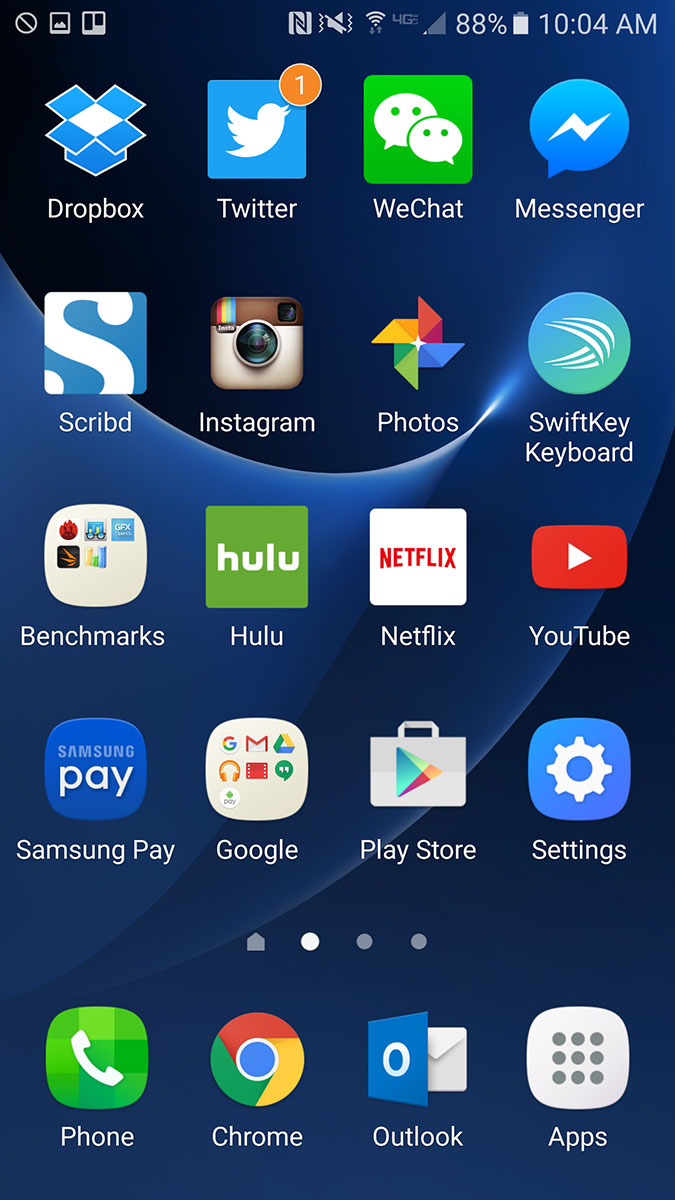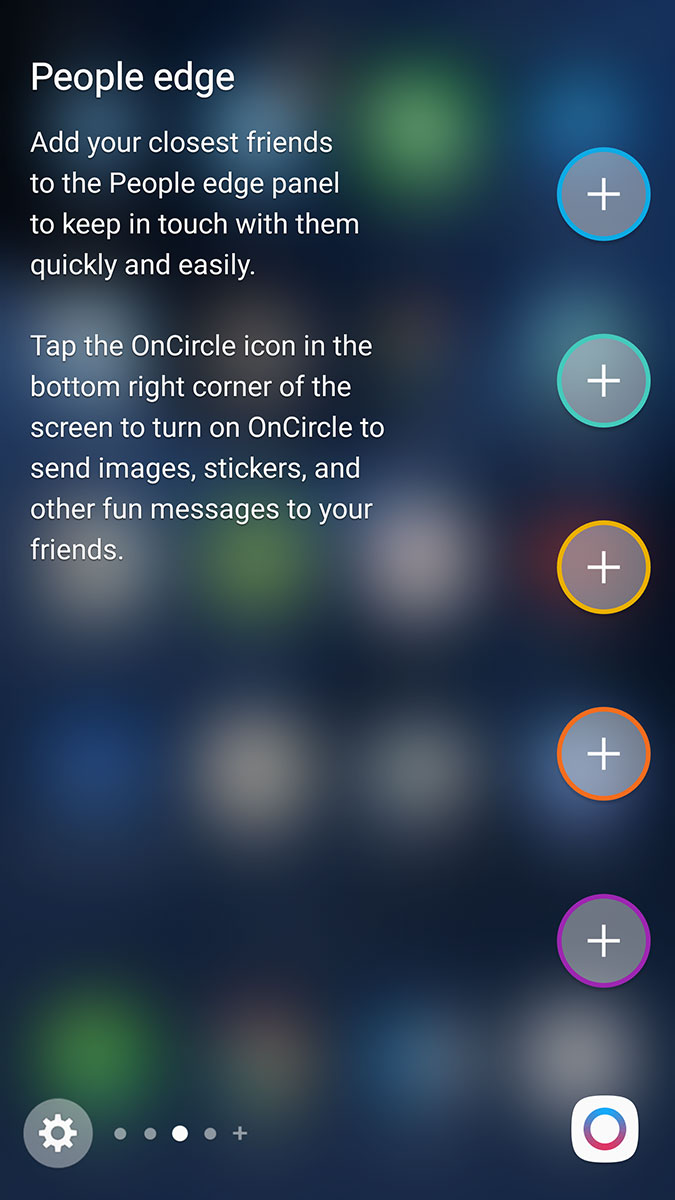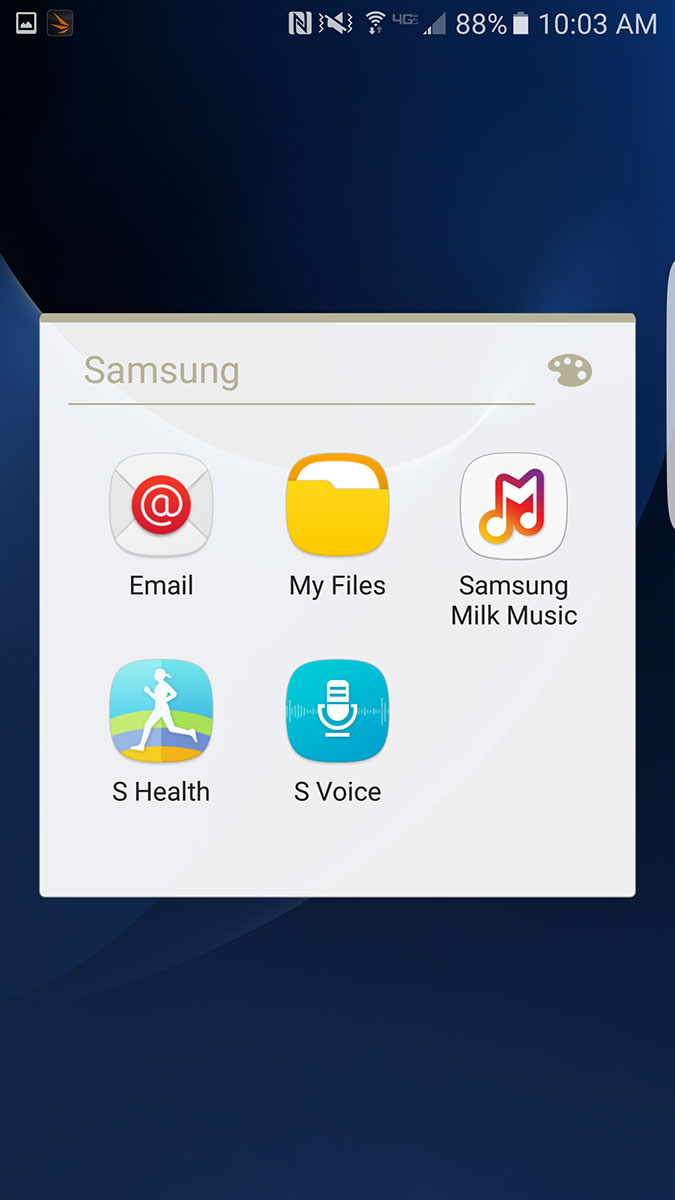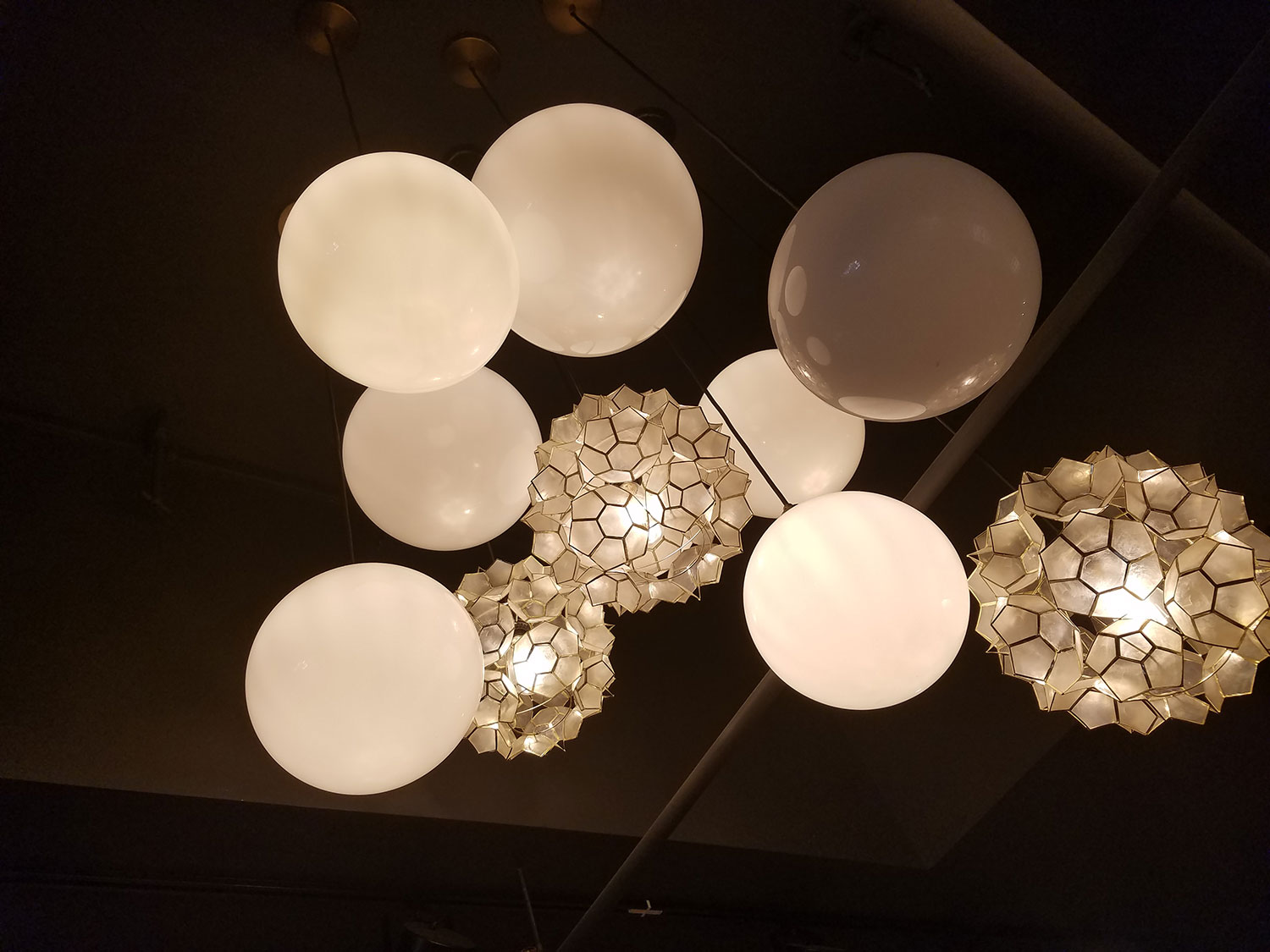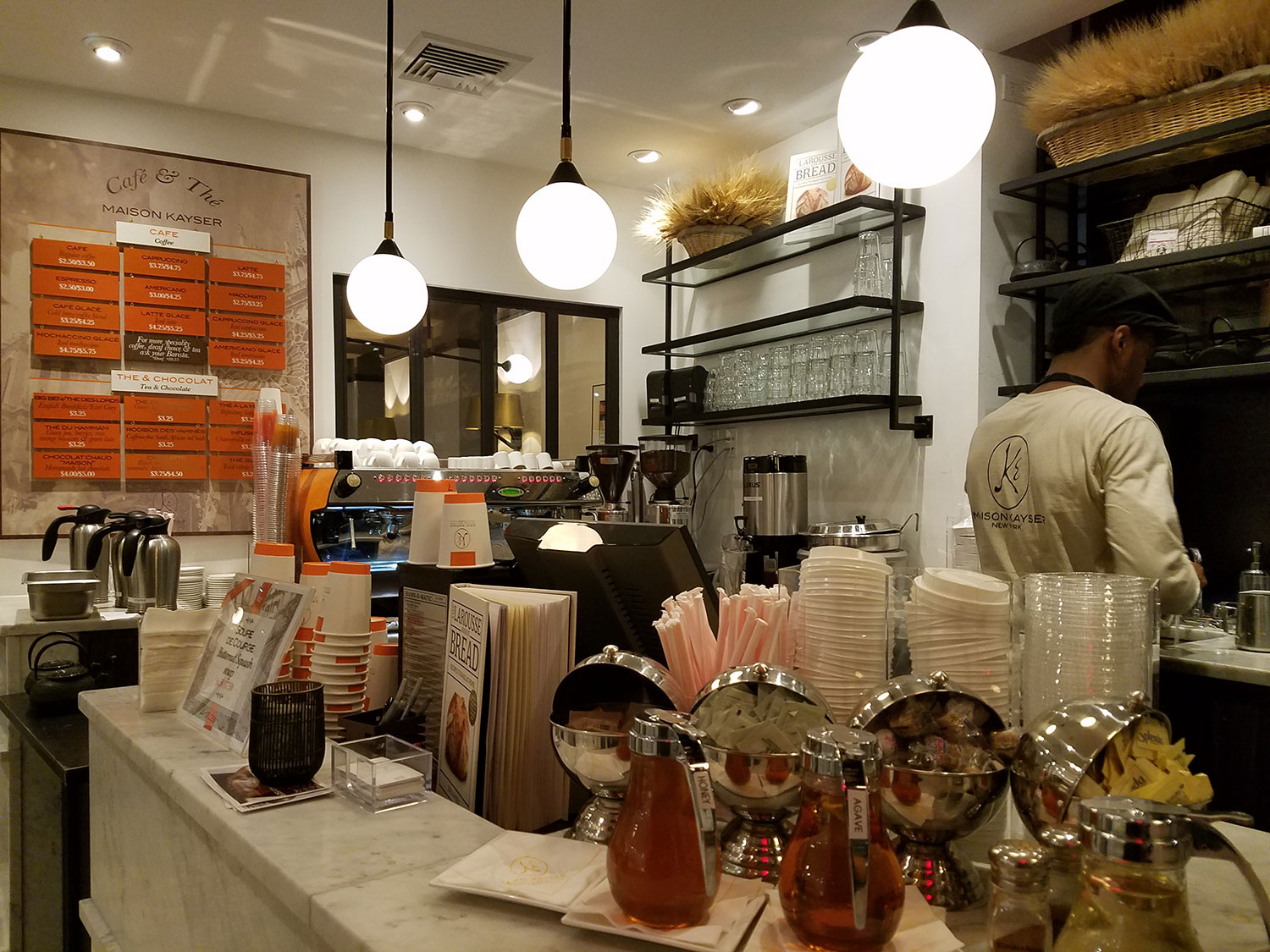- Gorgeous Edge design looks nearly perfect
- Top-of-the-line-specs
- Water-resistant design
- Solid camera takes strong low-light pics
- Fast fingerprint sensor
- Slippery glass is fragile, collects fingerprints
- Overly sensitive nav buttons and touchscreen
- No unlocked version, too much bloatware
Samsung didn’t just show the Galaxy S7 Edge to audiences at its launch event, it shoved it right in their faces with the help of VR. As I sat in the audience wearing Gear VR goggles, the gleaming glass and metal Edge came swirling into view, shimmering seductively, while music pumped. It was the single coolest moment I’ve ever experienced at a press event, and it set a high bar for the phone – a bar that the real, non-VR Edge remarkably manages to live up to.
While we’ve been testing this phone for days, this is a preliminary review, which we’ll update regularly as we continue to put the S7 Edge through its paces.
The Edge design is nearly perfect
Samsung’s first sexy smartphone was the Galaxy S6 Edge – one look, and you simply had to have it. Nobody cared that its glass back picked up too many fingerprints, or that it was slippery and desperately fragile. Even Samsung haters who’d scorned the brand in the past lusted after the phone.
The S7 Edge holds the same magnetic power over you from the moment you first lay eyes on it. It looked so damn good pirouetting in a glass case at the press event that I almost forgot why I hate glass-backed phones.
But then I touched it. Its silky glass back was soon marred by a mass of fingerprints, and the spell was broken. If you don’t like fingerprints, you’re going to need to pop a case on it, or carry around a tiny bottle of Windex everywhere. It’s also slippery, so we’d recommend the case, though it’s a crying shame to cover up this gorgeous phone.
Samsung may not have fixed its fingerprint problem, but it did fix the sharp metal edges that made the S6 Edge phone feel big and unwieldy. The glass back curves now, just like the Galaxy Note 5, so that the metal edges don’t dig into your hands anymore. And even though the 5.5-inch screen is bigger than last year’s model, it’s shockingly slim and doesn’t feel or look like a phablet. Next to the iPhone 6S Plus — which has the same screen size – it looks positively tiny.
It’s remarkable how much Samsung managed to slim down the S7 Edge. Its 2,560 x 1,440 pixel screen takes up nearly the entire front of the phone, leaving small bezels at the top and bottom of the device. And thanks to the curved edges, the screen appears to be limitless. The effect is stunning.
In a return to form, Samsung added an IP68 rating for dust and water resistance to the S7 Edge, so that you can dunk it in water for up to 30 minutes without fear. Most smartphones don’t have protection against splashes of water, even though dropping your phone in the toilet is one of the most common accidents that occur. It’s a killer feature that makes the S7 Edge stand out from its main competitors, the iPhone 6S and the LG G5.
However, to have a firm grip on the slippery S7 Edge, I need to nestle the bottom corner in my palm. If I do that, I invariably hit the back or menu buttons. They’re even more overly sensitive on the S7 Edge than on other Samsung phones, and quickly frustrated me. Most smartphone makers leave these buttons on the screen for a good reason – so you don’t accidentally hit them.
You also have to push down the home button to unlock it with your fingerprint. This may be standard practice on the iPhone and the LG V10, but the Nexus 6P, LG G5, and other modern Android phones have fingerprint sensors that don’t require a button press. Just touch your finger to the sensor and go. It’s much faster and more intuitive.
Top-of-the-line specs
If numbers help you sleep at night, you should be sleeping fairly well around the S7 Edge. Samsung told us that both S7 phones will run on a new quad-core 2.15GHz + 1.6GHz processor, but the maker of that processor will vary by region. In the United States, it will be the new Qualcomm Snapdragon 820 — but in the rest of the world, Samsung will use an Exynos chip of its own design. The new processors are supposedly about 30 percent faster than the Galaxy S6 and the integrated graphics processor is about 64 percent faster. Some reports claim the Snapdragon models are much more powerful than the Exynos ones, though we haven’t been able to verify independently.
After a week with the Always-on display, you’ll never want to live without it.
In benchmark tests, the S7 Edge performed very well. It scored 40,414 on the Quadrant benchmark, 2,532 on the 3D Mark Sling Shot test, and 5,370 in the multi-core test of Geekbench 3 (2,329 in the single-core score). The numbers are really high, though we expect to see similar results from other phones with the Snapdragon 820 inside. Some tests show the iPhone 6S Plus outperforming the S7 Edge in terms of speed, and no doubt we’ll have benchmark wars for the foreseeable future. The point is, you won’t be disappointed with the Edge’s smooth, fast, and responsive performance. The caveat is that it does seem to run warm, despite the liquid cooling inside the phone.
Samsung’s new Always On screen indefinitely shows a clock, notifications, or widgets like a calendar for quick viewing, even when the phone is asleep – but not when it’s in your pocket. It’s really helpful, especially for those of us, like me, who are guilty of constantly checking our phones for the time. I’m in love with this feature. It sounds trivial, but after a week with it, you’ll never want to live without it. You can even change the clock style and add a background image in different colors.
If you’re not time obsessed, you can also add a calendar, or just show off a funky image. My favorite was a galaxy-themed shot with colorful planets. I wish I could put a clock on top of it, but that’d probably drain the battery too much.
Of course, this screen does use battery. Battery size has improved by a good 13 to 15 percent to make up for it, but the Always On screen will suck up most of that extra juice in the span of a day. We’re testing further to see if the calendar or images drain the battery more than just your average clock. Luckily, you can turn the feature off if you don’t want to use it.
TouchWiz makes a mess
While most manufacturers are starting to favor a more vanilla version of Android, Samsung continues to cling to TouchWiz, it’s big and clunky custom interface. There aren’t many new features, but odd decisions, like including two app stores, will still confuse some folks. Samsung also eliminated the Flipboard widget that was just a swipe away from the home screen. Google Now isn’t there, either, so if you want quick access to news, you’ll have to add it to the screen by downloading a launcher from one of the app stores.
The app icons look a bit flatter, but they’re still not in line with modern mobile interface aesthetics. The Gallery app still has that weird flower icon, and the phone app is covered in green plaid. Some people love this look, but if you’re into stock Android, Samsung is still not going to please you.
Some reports even indicate that TouchWiz slows Samsung phones down. Although the S7 Edge currently seems super speedy and we didn’t run into any stuttering, we did notice that the Galaxy S6 did not age well. TouchWiz slowed it down over time, and that could happen with the S7 Edge, too. We’ll keep you posted.
The other issue is bloatware. Samsung crams this thing with Amazon apps, Samsung apps that replicate Google apps, and if you’re unlucky enough to be with Verizon, a no less than nine carrier apps. Plus, Verizon insists on cutting Samsung apps like its messaging app and Samsung Pay. Since Samsung doesn’t sell unlocked versions of its phones, there’s no avoiding this mess.
It’s absolutely baffling that Samsung doesn’t sell its phones unlocked in the U.S. in this day and age. Sure, most people still buy their phones at carriers, but some don’t – especially now that the two-year contract is dead. It’s time Samsung join Apple, Motorola, Google, and scores of other manufacturers with unlocked phones.
There’s also the matter of updates. With serious bugs like Stagefright becoming more common in Android, it is imperative that phones get timely updates. The more distinctive the phone’s UI and the more meddlesome the carrier, the longer it takes to update phones to the latest version of Android. Samsung doesn’t exactly have a shining record here, but neither does any manufacturer, really. It’s time to change that.
Samsung’s Edge is sharper than ever
Thanks to a few tweaks, the 550-pixel Edge on the phone is more useful than ever. Apps can use more space, and a cool new panel called Tasks Edge gives you shortcuts to select Samsung apps and widgets, so you can get to features you need more quickly.
For example, you can quick launch the selfie camera, create a contact, compose a message, or write up an email. The tasks are mostly limited to Samsung apps right now, so if you use an alternative calendar or email app, you’re out of luck. Messaging apps like Facebook Messenger, WhatsApp, or WeChat, all require you to create an icon for a specific conversation on your home screen, before you can add it to Task Edge. This defeats the purpose: If you already have a shortcut on your home screen to message your favorite contact, why do you need it in the Edge, too?
Task Edge needs more support for third-party apps, and more specific, personalized options, like sending a canned message to a loved one saying you’re safe at work or on your way home. An iOS app called Launcher lets you do this from the widgets pull-down menu on the iPhone, and I use it all the time. If the Tasks Edge is going to be truly useful, then it’ll need these kinds of features.
Luckily, you can still launch any app quickly from the Apps Edge, and you can have 10 apps there now. It remains the most useful of the edge panels. The People Edge is still great for when you need to speed dial your mom, and the expanded screen real estate makes Yahoo News and CNN News much more appealing and useful to have on the Edge.
Now that Samsung seems to be invested in the Edge, we expect more app developers will start making apps for the edge, and it will continue to become more useful. On the S7 Edge, it’s no longer the gimmick it used to be on earlier models, but it’s still not as polished or practical as we wish it were.
Quick charging is great and battery life is decent
Samsung’s Galaxy S7 Edge supports both wireless and Quick Charging, which is one of the most useful new features a phone can have (even if it’s Quick Charge 2.0 – not 3.0). It still juices up really quickly in a pinch.
With its 3,600mAh pack, the phone seems to outlast the regular S7, and it can make it through one day of moderate use. That’s not bad, but we’re testing further to determine how well it fares on a very busy day, so stay tuned for further battery life observations.
Unfortunately, the Edge S7 used Micro USB; not USB Type C. Samsung chose to wait this year so that the S7 line works with its Gear VR headset, but we expect it will switch over soon. From a practical perspective, though, this means all your old Micro USB chargers will still work. You can put off the pain of switching chargers for one more year.
Strong camera, even in low light
Samsung typically makes one of the best smartphone cameras, and the Galaxy S7 Edge’s camera is no exception. It’s more or less on par with the iPhone, and occasionally bests it in low light, which is a huge compliment.
Samsung’s S7 Edge camera is on par with the iPhone and occasionally bests it in low light.
The Galaxy S7 Edge produces gorgeous, if not slightly over saturated, pictures outside on sunny days and even inside with mixed lighting. It has a slight low-light advantage over iPhone 6S Plus, though sometimes it over compensates. On occasion, low-light pictures turn out grainy or appear blown out. These shots invariably look worse than ones you’d take with the iPhone 6S Plus, but when it gets it right, the S7 Edge takes superior photos in low light. The camera lets more light in and reveals greater detail in most cases.
The iPhone 6S Plus does produce more realistic results, though, so if you find Samsung’s look overly bright and saturated, this isn’t the phone for you. Sometimes Samsung’s boosts result in a better picture; sometimes it’s too much.
We’ll have to compare it to other phones, including the LG G5, to make a more official judgment.
The 5-megapixel selfie cam is more or less equal on both the iPhone and the S7 Edge, which is to say it’s adequate, but could be much better.
Warranty information
The Galaxy S7 Edge has a one-year warranty that covers accidental damage and defects. To get your device replaced or repaired, you have to send it to an authorized phone service facility with the receipt or proof of sale showing the original date of purchase, the serial number of the product, and the seller’s name and address.
It’s important to note that the two curved glass panels on the phone may be expensive to replace, should they shatter. We’ve reached out to Samsung for more specifics on glass replacement costs, and we’ll keep you updated here.
Conclusion
If you bought an S6 Edge, you’re going to wish you had waited. Samsung smoothed out all the edges this year to create a well-rounded, polished product with the Galaxy S7 Edge. It’s more comfortable to hold, adds more screen real estate without adding any bulk, improves the camera, and reincorporates gems like water resistance and a MicroSD card slot.
The S7 Edge is a good buy that we’d heartily recommend to anyone who’s rocking a phone that’s at least two years old. If you scorned the S6 for its lack of water resistance and MicroSD card, they you’ll be happy with this year’s model. Samsung fans upgrading from the Galaxy S5 or S4 will see marked improvements in the processor, camera, and screen quality. Clean freaks and germaphobes will hate the fingerprint problem, but if you pop a case on it, you’ll be fine.
Android purists need not apply, though, as TouchWiz still has a strong presence on the S7 Edge. The Nexus 6P still has the advantage of a sturdier metal body, updates, and pure Android – not to mention a lower price tag. However, you’ll sacrifice water resistance and a strong camera, if you go with the 6P.
If you’re trying to decide between the S7 Edge and the regular S7, we’d recommend the Edge. The extra screen space isn’t totally useful yet, it will be soon. The more emphasis Samsung places on the Edge, the more developers express interest in it, and the more useful it will become. The larger screen packed into a small body almost gives you a phablet that feels like a smaller phone than it really is.
As someone who hated the Edge so much I wrote an editorial about it, I’m finally getting onboard the Edge train. It always looked nice, and now it even feels nice. The Edge has potential now that it’s bigger and more apps are coming. I can’t wait to see what developers will do with preprogrammed app shortcuts.
As the first flagship phone of 2016, the Galaxy S7 Edge more than lives up to its potential. It’s a gorgeous phone with tons of power and lots of special features to make it stand out.






